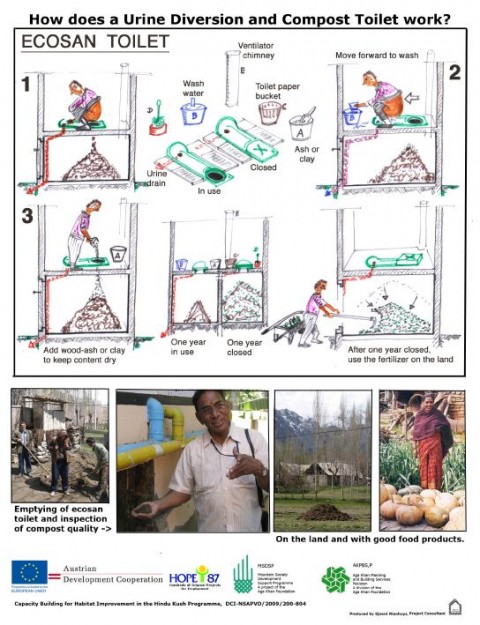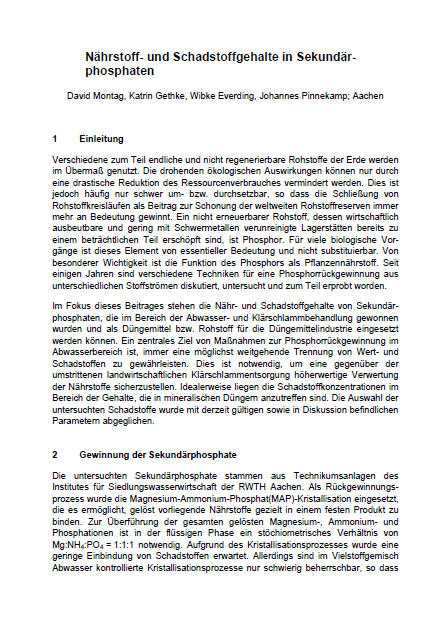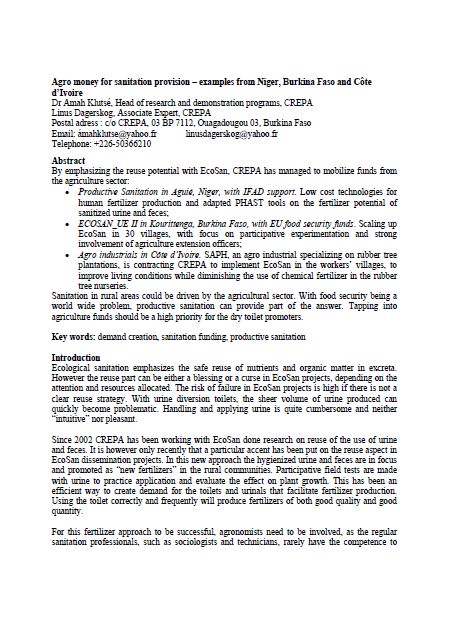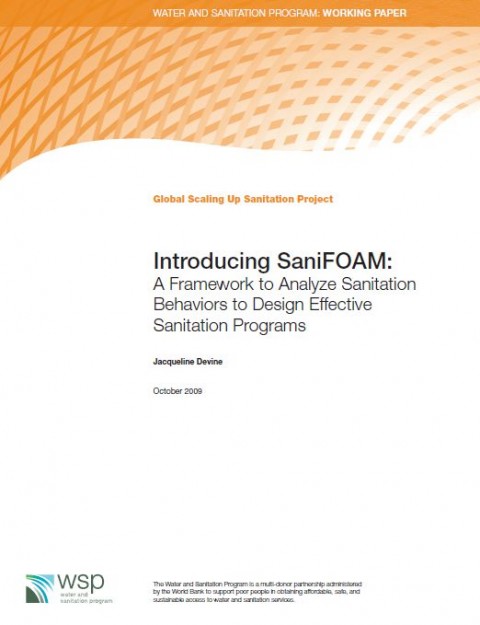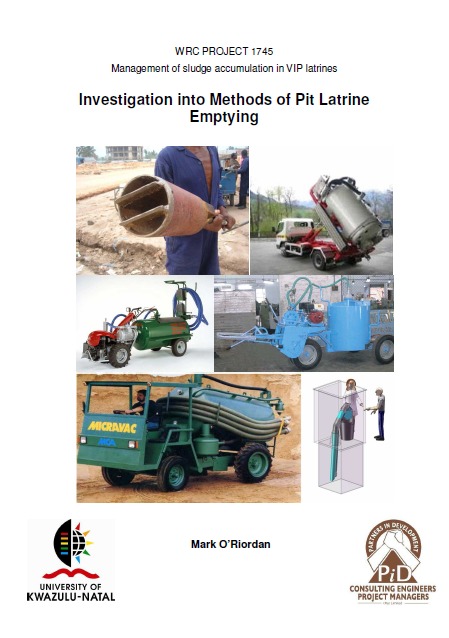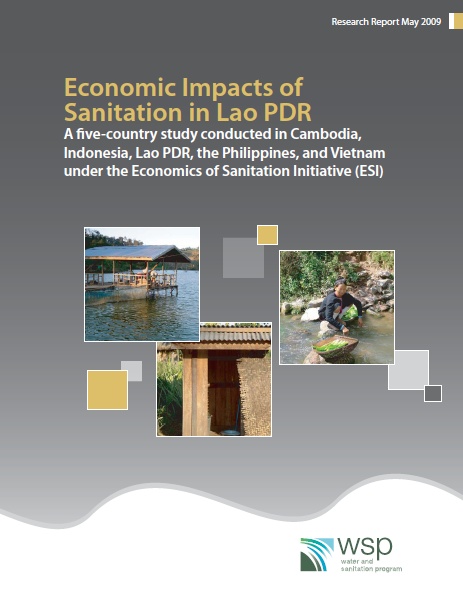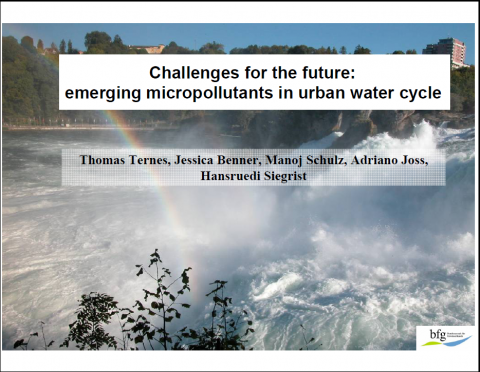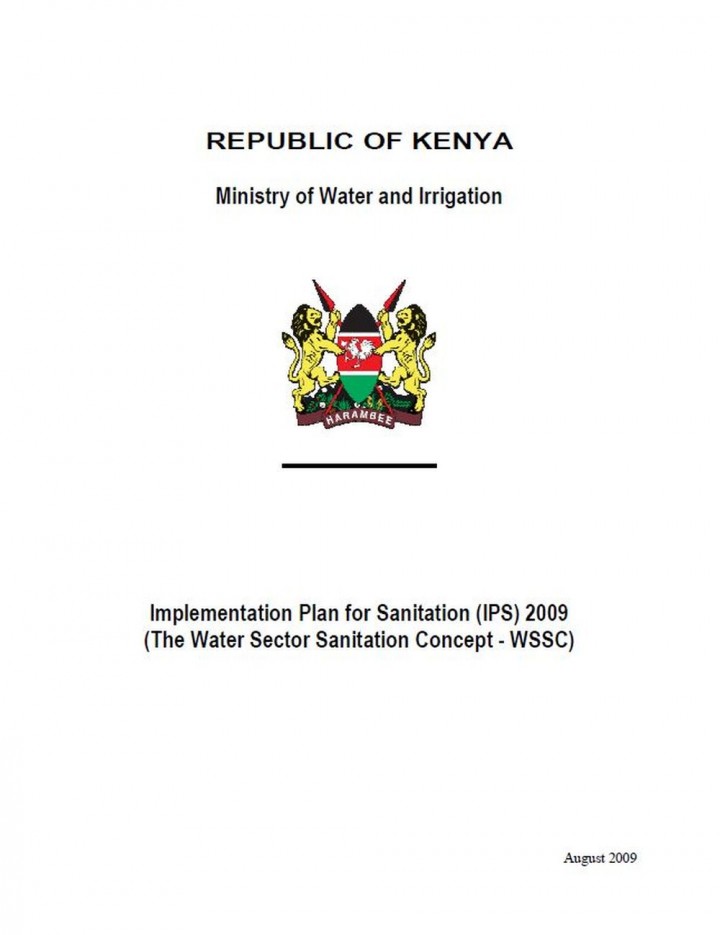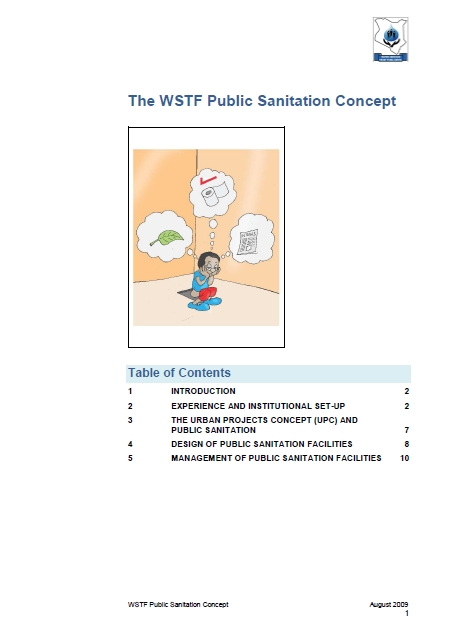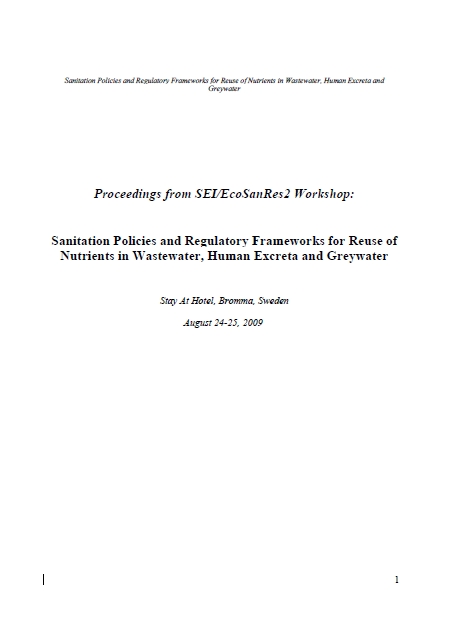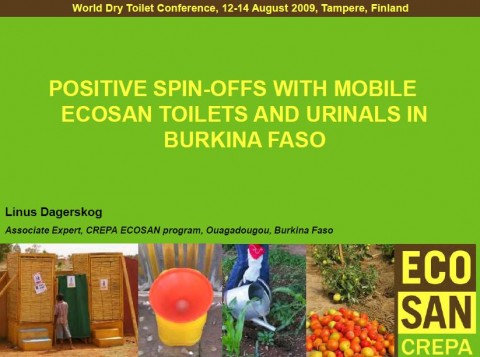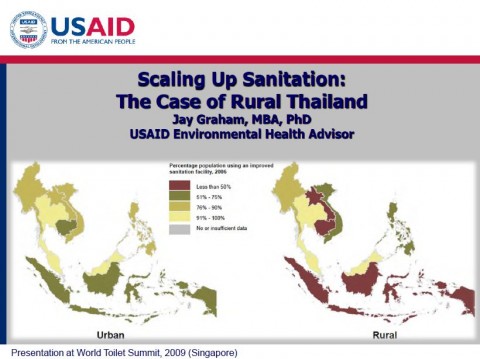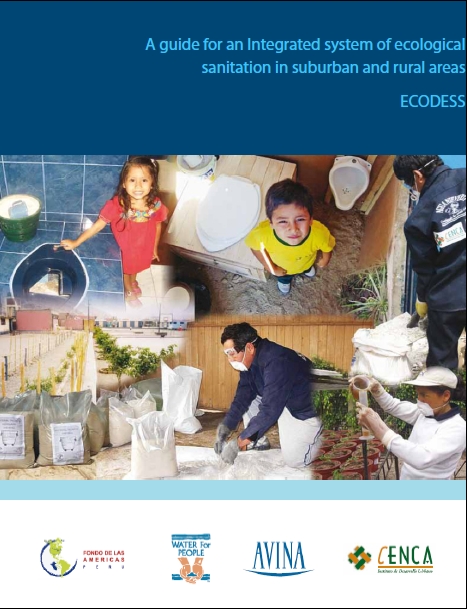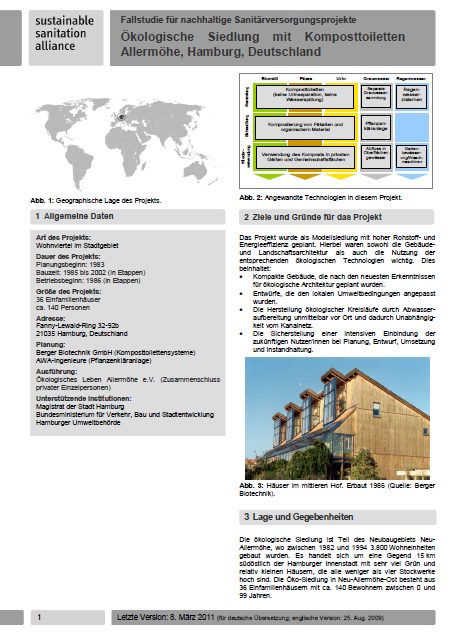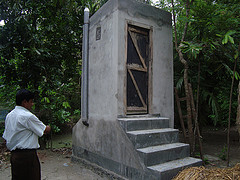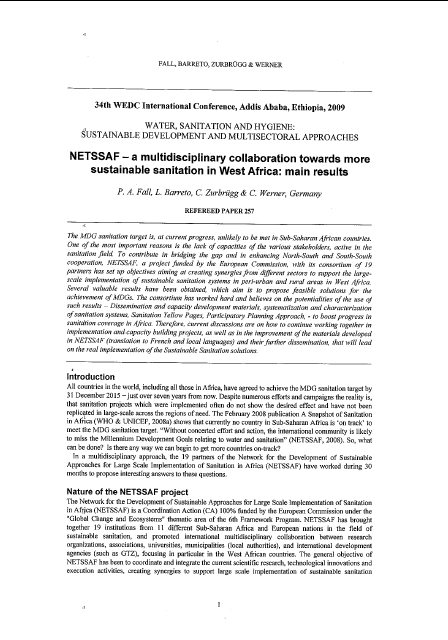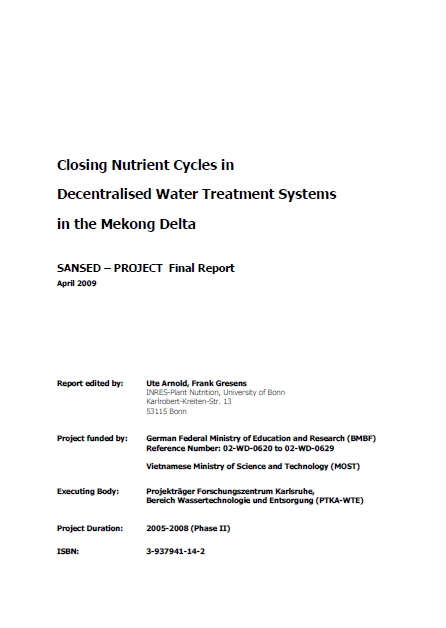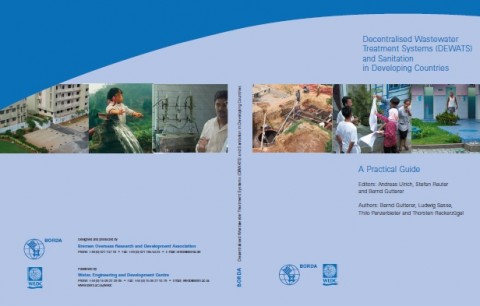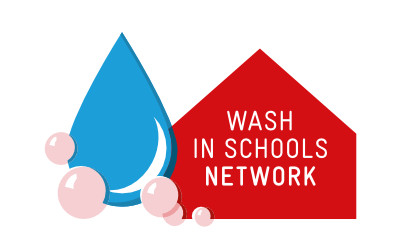Searching for information on Sanitation Workers?
The Sanitation Workers Knowledge + Learning Hub is the best source for all current news, trends, articles and updates on sanitation workers rights around the world.
The development of this sanitation concept paper and implementation plan was triggered by the large supporting votes from stakeholders and participants during the annual water sector conference of 2007. This indicates the growing importance of sanitation in the water sector. The overall objective of the IPS (WSSC) is to accelerate coverage of sani-tation, using appropriate technologies that …
Lessons learnt in Thailand for rural sanitation:
Decentralized Health System, “Toilet Doctors”
Strong follow-up
Community involvement, community seen as partners
Villages developed implementation plans
High-Level Support
Transparent funding
Clear directives
Sanitation Policies – sanitary toilet ordinance
Reduced Hardware Subsidies – subsidies undermining sustained use
NETSSAF, a project funded by the European Commission, with its consortium of 19 partners has set up objectives aiming at creating synergies from different sectors to support the large-scale implementation of sustainable sanitation systems in peri-urban and rural areas in West Africa. Several valuable results have been obtained, which aim is to propose feasible solutions for the achievement of …


